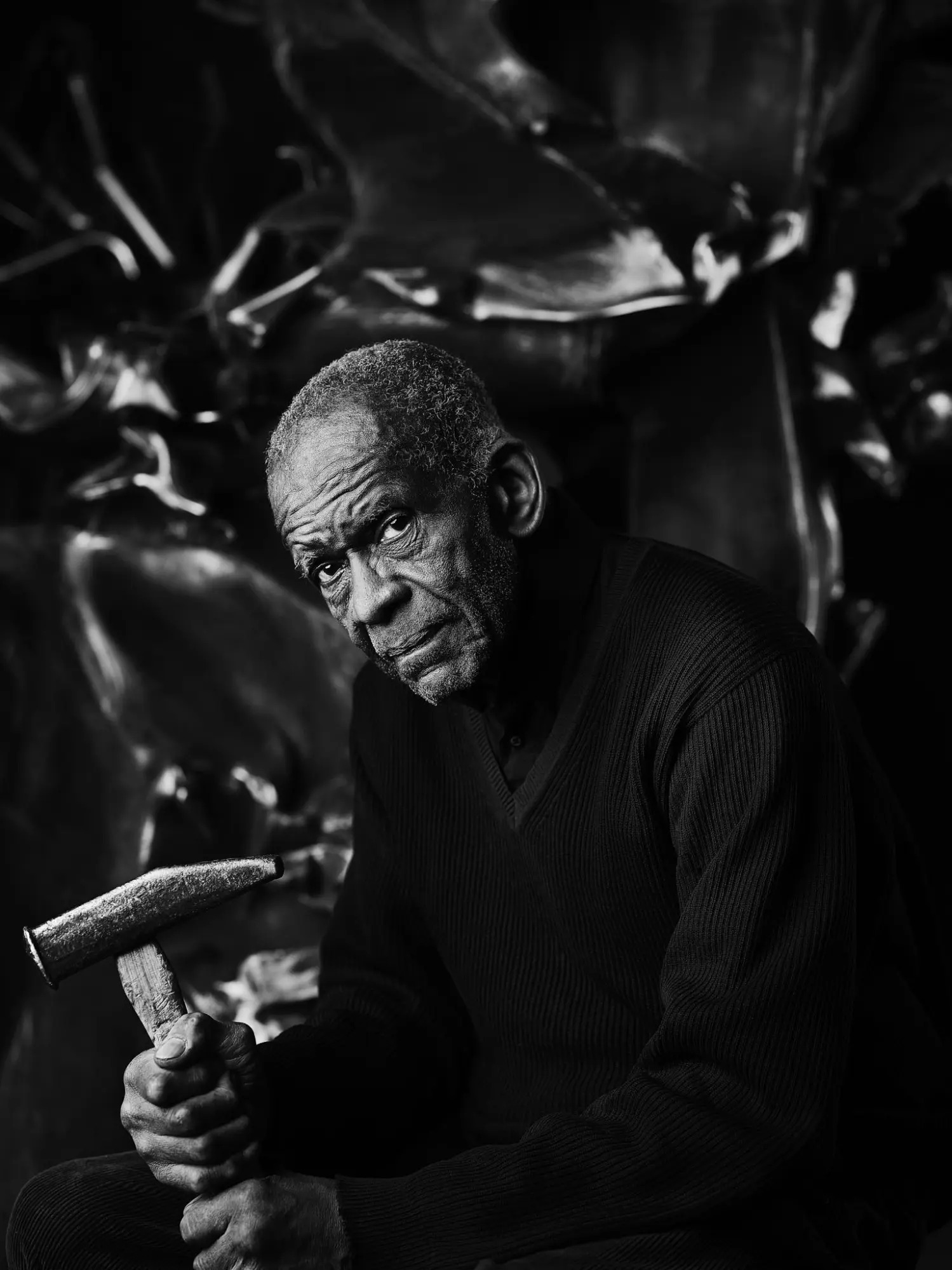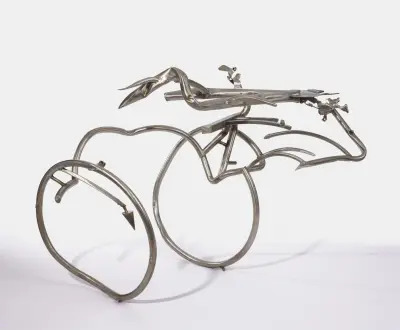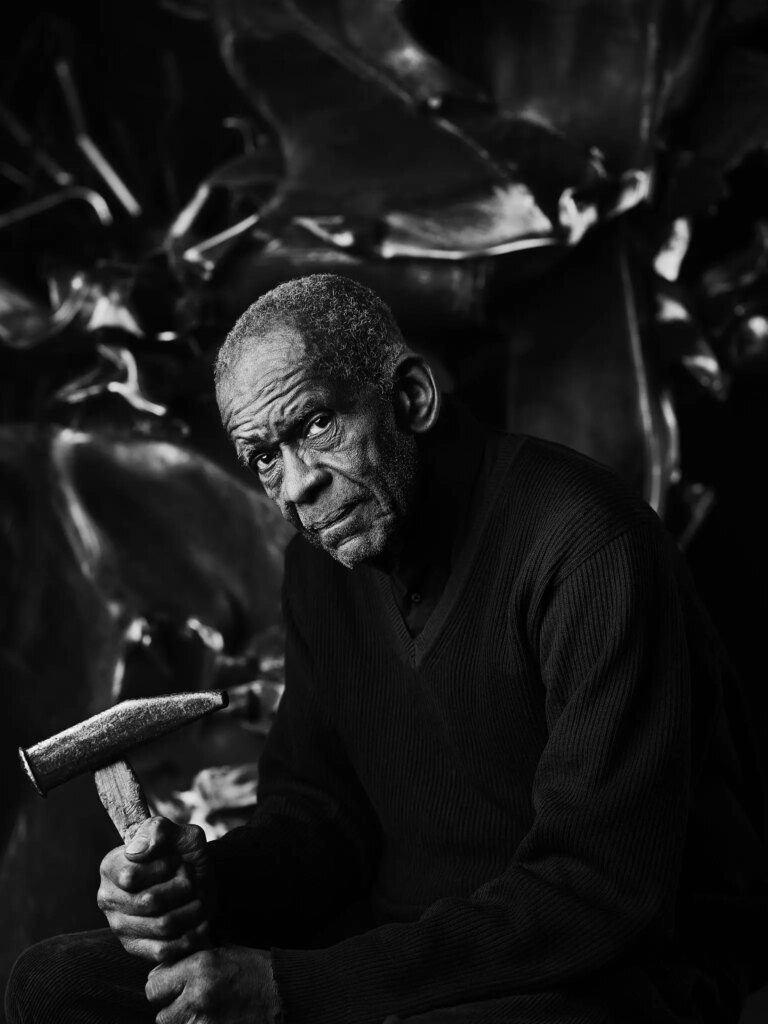
White Cube has announced global representation of pioneering American sculptor Richard Hunt, promising audiences near and far a re-introduction to Hunt’s cerebral, sinewy creations. First for the calendars, the gallery will present Hunt’s landmark Years of Pilgrimage (1999) at the upcoming Art Basel Miami Beach.
The sculpture, from Hunt’s “Plow” series, is a powerful sampling of the artist’s enduring preoccupations: steel tubing welded into strange paths, like the plows used in his grandfather’s sharecropping days, only imagined beyond function. Hunt’s fair debut will be followed by a solo exhibition at White Cube’s newly christened Madison Avenue location in spring 2024.
“Richard has been a giant hiding in plain sight for decades and it is our privilege to work with him,” Sukanya Rajaratnam, the gallery’s global director of strategic market initiatives, told ARTnews. “He has more public monuments in the U.S. than any other sculptor, and his ability to thread the history of twentieth-century sculpture, with his own deeply personal experience as a Black man is nothing short of profound. His sculptures often appear to soar, and the metaphor speaks to his core belief as to what art means to him, an avenue and opportunity for freedom.”

Hunt, born in Chicago in 1935 to the descendants of enslaved Africans, is sometimes mentioned in the same breath as other great American 20th century abstract sculptors like David Smith. But where his peers sought sleek transitions from drawing to sculpture, Hunt’s best work embraced the resolve of metal, twisting and hammering and crushing until his desires were realized by the material. To say, his art is like people, compellingly imperfect and weighted by old suffering.
Another entry from “Plow”, the sculpture Slowly Toward the North (1984), now on view on the grounds of the Crystal Bridges Museum of American Art, is a homage to the Great Migration, which saw some six million Black Americans born in the rural South move to northern cities from the 1910s through the 1970s.
Drawing on his fruitful collaboration with Surrealists in Chicago, the welded steel structure consists of sharp, folding planes. It resembles a push plow, but also a living amalgam of the precious weaponry comprising his private collection of African art. It’s among Hunt’s more meticulous sculptures; one plow point purposefully points North, like the trains that carried his family, while the other faces the agrarian South.
“White Cube gained my attention when they announced representation of Isamu Noguchi with whom I have felt more kinship than any other artist. And last year, a collector of mine, Pamela Joyner, introduced me to [Rajaratnam],” Hunt told ARTnews via email.
Hunt continued in a statement: “It was important to me to partner with a gallery with global reach because I always meant for my art to express the concerns of people everywhere, especially the universal desire for freedom.”
Correction, 11/17/23, 3 p.m.: A previous version of this article misstated which year Hunt was born. It was 1935, not 1932.


